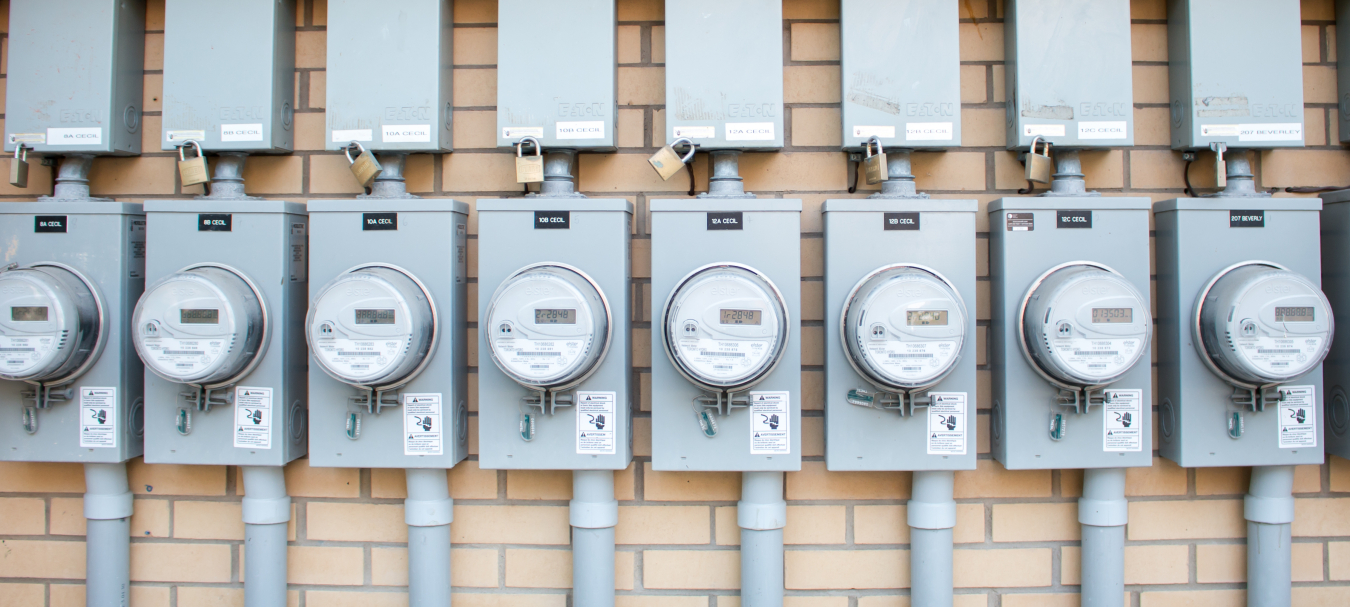
With funding from the Building Technologies Office, researchers at Columbia University are capturing unique electricity-use data from hundreds of New York City apartments during the state-mandated shelter-in-place orders due to the COVID-19 pandemic. Their ongoing study collects submetering data every 10 seconds and direct occupant feedback from apartments across 14 buildings. The data show how stay-at-home orders altered residential electricity use, and how increased energy use during the warmest months could lead to unprecedented strain on the electrical grid if this period coincided with the strictest shelter-in-place mandate. The study also looks at the challenges of implementing time-of-use (TOU) tariffs as well as effective ways of encouraging energy-saving decisions for residents.
Plug-load electricity represents a substantial and growing proportion of household energy use. Throughout 2019, submetering devices used in the study tracked real and reactive power for 390 apartments at 10-second intervals down to the circuit level, disaggregating plug loads like refrigerators and dryers from the total electricity consumers see on their utility bill. These submetering results ultimately would provide detailed baseline data for comparison to consumption patterns during the pandemic. The published data from this period are available to other researchers through the Multifamily Residential Electricity Dataset (MFRED).
In 2020, the project documented the rise in residential electricity consumption associated with stay-at-home orders in great detail, down to the level of individual appliances. Pronounced increases in residential electricity consumption demonstrated implications for both consumers and the grid. During the mandated shelter-in-place period, weekday residential consumption rose 23% relative to the same period in 2019. During the hottest summer months, when re-opening was in “Phase II” and shelter-in-place was not mandatory, consumption rose 27% relative to 2019. While the strictest stay-at-home period in New York occurred in the spring, regression analysis shows that a similar level of demand on higher-temperature days would likely reach unprecedented levels of peak demand on the grid. Such an event would likely result in blackouts, especially in areas where utility substations primarily serve residential buildings.
In addition to how energy is used, the project looks at when energy is used. Generally, TOU tariffs are implemented by utilities to incentivize electricity usage during times when there is less demand on the electric grid, either through manual or automated controls. The results show that TOU tariffs are, in general, not beneficial to residential customers without substantial changes to consumption patterns. The study finds that 34% of peak load would have to be shifted to make TOU tariffs beneficial to the apartments studied. This highlights the need for flexible load strategies and enabling technologies to help consumers take advantage of utility incentives like TOU tariffs, especially in underserved communities where energy costs are a higher share of household costs.
By providing tenants with a clearer picture of their plug-load footprint, they are empowered to make informed decisions that facilitate load reduction and load shifting, ultimately saving money and improving the resilience of the electric grid. The project has developed a feedback system for residents that addresses challenges seen in prior systems that led to “boomerang” behavioral effects (that is, attempts to persuade residents toward an outcome that results in opposing behavior instead). For example, prior systems may report decreased energy use one month, causing the occupants to feel “off the hook” to use more energy the following month. The new occupant-feedback system clarifies the most effective communication protocols for over a dozen feedback types. Researchers found that communicating the cost of use or ownership to the resident was an effective feedback strategy. By providing residents with timely information on the cost of specific activities, residents can make informed decisions and adjust their behavior accordingly, like choosing to do laundry at night rather than during peak hours. Using this optimized resident feedback method can reduce electricity consumption by as much as 16%, the study finds.
The Columbia University team of researchers will continue to gather detailed submetering data through the 2022 calendar year, charting longer-term impacts of residential energy use beyond mandated stay-at-home periods. Their unique datasets have implications for communication and feedback strategies, TOU tariffs, grid strain, and will soon profile the COVID-19 “return to normal” period against a robust baseline established for hundreds of multifamily residential units in New York City.
